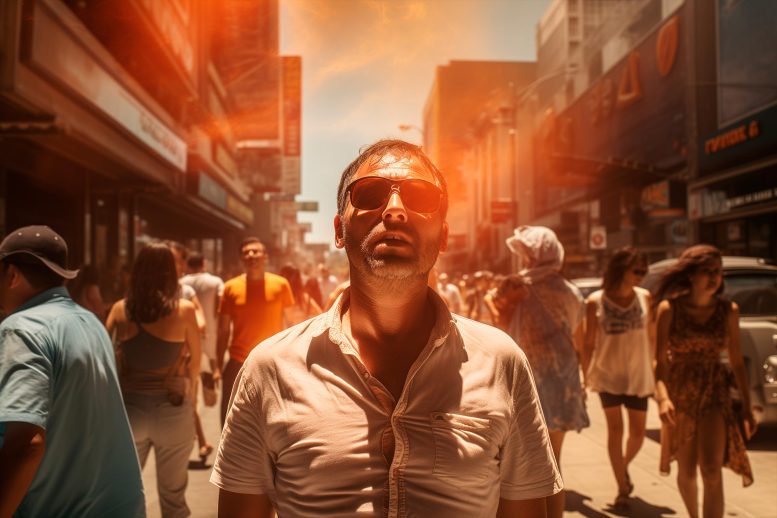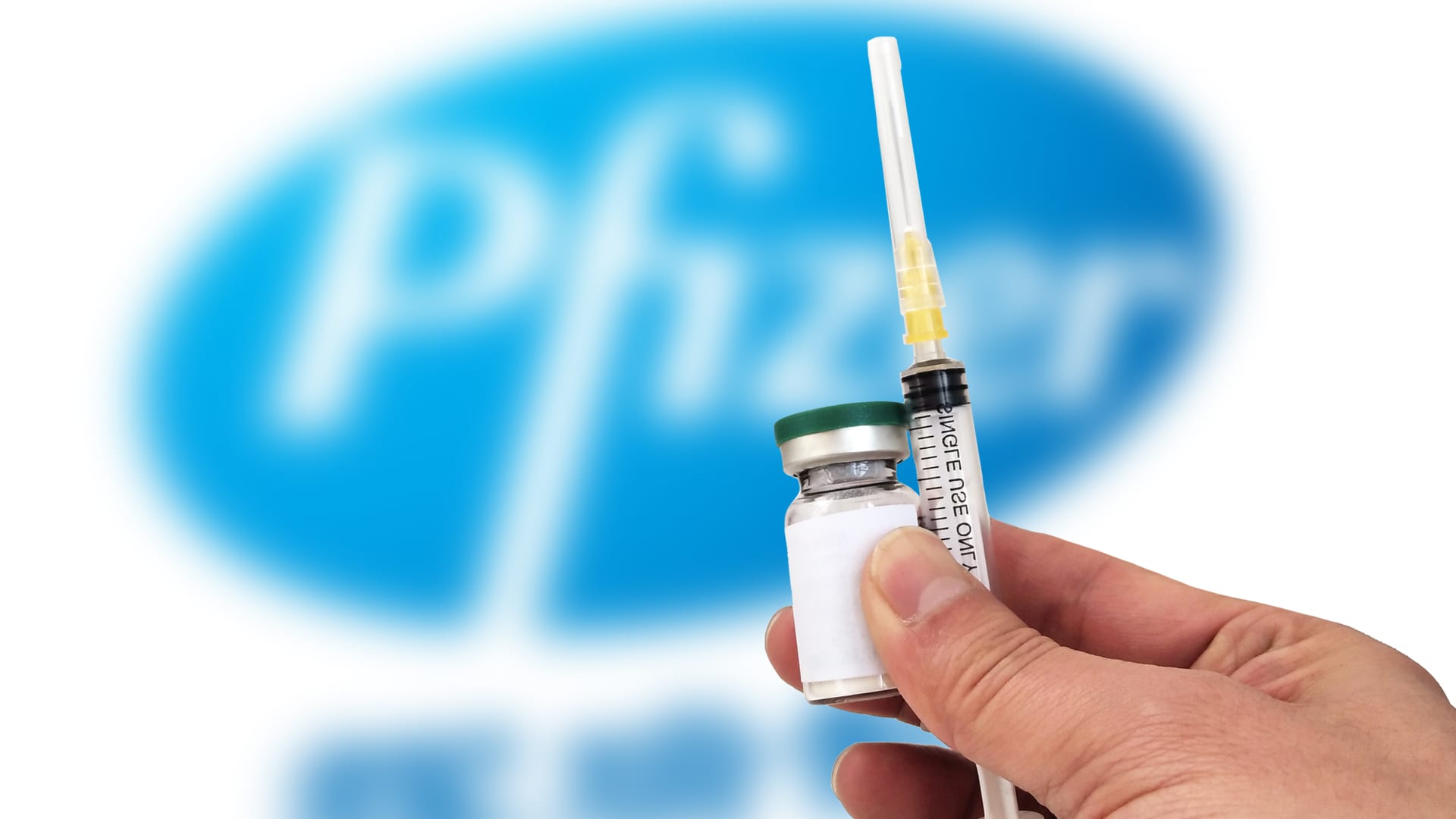
Cardiovascular deaths in the U.S. from extreme heat are projected to double or triple by mid-century if greenhouse gas emissions are not reduced.
In nationwide projections, elderly and black adults are most at risk for cardiovascular death due to extreme heat, finds a new study in the journal, Circulation.
- Cardiovascular deaths from extreme heat in the United States are projected to increase by 162% by the middle of the century, based on a hypothetical scenario where currently proposed U.S. policies to reduce greenhouse gas emissions have been successfully implemented.
- A more dire scenario forecasts cardiovascular deaths from extreme heat could increase by 233% in the next 13-47 years if there are only minimal efforts to reduce emissions.
- The percentage increase in deaths will be greater among elderly people and non-Hispanic black adults in either scenario.
Cardiovascular deaths from extreme heat in the U.S. may more than double by the middle of the century. Without reductions in greenhouse gas emissions, that number could even triple, according to new NIH-funded research published on October 30 in the American Heart Association’s flagship journal Circulation.
“Climate change and its many manifestations will play an increasingly important role on the health of communities around the world in the coming decades, “ said lead study author Sameed Khatana, M.D., M.P.H., assistant professor of medicine at the University of Pennsylvania and a staff cardiologist at the Philadelphia Veterans Affairs Medical Center, both in Philadelphia. “Climate change is also a health equity issue as it will impact certain individuals and populations to a disproportionate degree and may exacerbate preexisting health disparities in the U.S.”

A study published in the American Heart Association’s journal warns that cardiovascular deaths in the U.S. due to extreme heat might double or even triple by mid-century if greenhouse gas emissions continue unchecked. While there are suggestions to introduce infrastructure interventions, like increasing tree cover, more research is required to validate their effectiveness.
Impact of Greenhouse Gas Emissions on Health
How much and how quickly greenhouse gas emissions increase in the next decades will determine the health impacts of extreme heat. More aggressive policies to reduce greenhouse gas emissions have the potential to reduce the number of people who may experience the adverse health effects of extreme heat, according to Khatana.
Previously, the authors examined county-by-county data in the continental U.S. to demonstrate a link between a greater number of extreme heat days and an increase in cardiovascular deaths between 2008-2017. This data served as a benchmark for the analysis in this new study. Researchers used models for future greenhouse gas emissions and future socioeconomic and demographic makeup of the U.S. population to estimate the possible impact of extreme heat on cardiovascular deaths in the middle years of the current century (2036-2065). They estimated the excess number of cardiovascular deaths associated with extreme heat by comparing the predicted number of deaths for each county if no extreme heat occurred vs. if the projected number of heat days occurred.
Key findings include:
- Between 2008 and 2019, extreme heat was associated with 1,651 excess cardiovascular deaths per year.
- Even if currently proposed reductions in greenhouse gas emissions are fully implemented, excess cardiovascular deaths due to extreme heat are projected to be 162% higher in the middle of this century compared to the 2008-2019 baseline.
- However, if those greenhouse gas emissions reduction policies are not implemented, excess cardiovascular deaths due to extreme heat are projected to increase 233% in the coming decades.
- Depending on how aggressively policies to reduce greenhouse gas emissions are implemented, adults aged 65 and older are projected to have a 2.9 to 3.5 times greater increase in cardiovascular death due to extreme heat in comparison to adults ages 20-64.
- Non-Hispanic black adults are projected to have a 3.8 to 4.6 times greater increase in cardiovascular death due to extreme heat compared with non-Hispanic white adults, depending on the degree to which greenhouse policies are implemented.
- Projected increases in deaths due to extreme heat were not significantly different among adults in other racial or ethnic groups, or between men and women.
“The magnitude of the percent increase was surprising. This increase accounts for not only the known association between cardiovascular deaths and extreme heat, but it is also impacted by the population getting older and the proportionate increases in the number of people from other races and/or ethnicities in the U.S.,” Khatana said.
Underlying Factors and Responses
Both medical and environmental factors may influence the greater impact of extreme heat for people in these population groups, he said. Disparities in neighborhood and environmental factors are crucial factors to also consider.
“Previous studies have suggested black residents may have less access to air conditioning; less tree cover; and a higher degree of the ‘urban heat island effect’ — built-up areas having a greater increase in temperature than surrounding less-developed areas,” Khatana said. “Living conditions may also have a role in terms of social isolation, which is experienced by some older adults and has previously been linked with a higher probability of death from extreme heat.”
The findings are unfortunately, not surprising, according to American Heart Association volunteer Robert Brook, M.D., FAHA, who has co-authored several Association scientific statements on air pollution and was not involved in this study.
“Even under the more optimistic moderate scenario of this study, greenhouse gas emissions will increase for some time before tapering down,” said Brook, professor of medicine and executive director of cardiovascular prevention at Wayne State University School of Medicine in Detroit. “Moreover, most of the pollutants persist in the atmosphere for numerous years, and as such, the long-term trend is for significant increases in the frequency of extreme heat events despite near-term actions.
“In conjunction with the growth of more susceptible and vulnerable populations — aging adults and people relocating to warmer locations — heat-related cardiovascular disease deaths are expected to increase over the coming decades. Nevertheless, the study shows that the magnitude of adverse cardiovascular disease effects may be somewhat mitigated by taking earlier action to reduce greenhouse gas emissions that drive climate change.”
While the projections may appear alarming, they are likely conservative, Brook noted.
“The projections of this study focus on cardiovascular disease deaths, and, therefore, they represent conservative estimations of the adverse effects on cardiovascular health due to extreme heat,” he said. “Nonfatal heart attacks, strokes and heart failure hospitalizations outnumber fatal events and are also highly likely to be linked with extreme heat days. The full extent of the public health threat, even just due to cardiovascular death, is likely much greater than presented in this study. “
The projections raise the question of whether infrastructure interventions, such as increasing tree cover in neighborhoods, may lead to improvements in the number of people affected by extreme heat in the U.S. Some research results from Europe suggest that this may be the case, however, studies in the U.S. are lacking.
Brook also noted the role of pollution with excessive heat: “Fine particulate matter air pollution (PM2.5) causes more than 6 million deaths per year. This study adds to the evidence that the full extent of the harmful effects posed by air pollutants extends beyond PM2.5. By substantially increasing extreme heat days, greenhouse air pollutants pose yet further threats to our well-being.”
Study details and background:
- The researchers compared excess cardiovascular deaths due to extreme heat under two scenarios used by the Intergovernmental Panel on Climate Change, an international body that assesses the science related to climate change caused by human activities. The scenarios were:
- successful implementation of currently proposed, moderate emission reduction policies so there are lower increases in greenhouse gas emissions; or
- no significant emission reduction efforts and greenhouse gas emissions continue to increase at the same rate they have over the last two decades.
- As a baseline, the researchers used county-by-county records from 2008-2019 for deaths during summer months with a primary cause of any cardiovascular condition (including heart attack and stroke), and related data such as the age, sex, race and ethnicity of each person who died and the number of extreme heat days (days with a maximum heat index of 90oF or higher) during the month of the death. The heat index considers both heat and humidity because that reflects how the human body experiences high temperatures, with high humidity interfering with the body’s ability to release heat by sweating.
These results, from data in the continental U.S., may not apply to people living in other regions of the U.S. or the world. The study is also limited by employing two plausible projections of extreme heat and population change, and it is possible that the actual changes in the U.S. may be different.
For more on this study:
Reference: “Projected Change in the Burden of Excess Cardiovascular Deaths Associated With Extreme Heat by Midcentury (2036–2065) in the Contiguous United States” by Sameed Ahmed M. Khatana, Lauren A. Eberly, Ashwin S. Nathan and Peter W. Gro, 30 October 2023, Circulation.
DOI: 10.1161/CIRCULATIONAHA.123.066017
Co-authors and their disclosures are listed in the manuscript. The study was funded by the American Heart Association and the National Heart, Lung, and Blood Institute, a division of the National Institutes of Health.
Adblock test (Why?)
Health - Latest - Google News
October 31, 2023 at 03:31PM
https://ift.tt/mCux9p2
Cardiovascular Deaths Due to Extreme Heat Expected To Skyrocket - SciTechDaily
Health - Latest - Google News
https://ift.tt/MTJG1YB











/cloudfront-us-east-2.images.arcpublishing.com/reuters/JQSTV777URIPXJ5TQTDGDNRUWE.jpg)



